[Weekender] New era opens for frozen mandu
Reevaluated of its potential, frozen mandu grows into a W545b market
By Jo He-rimPublished : April 3, 2021 - 16:01
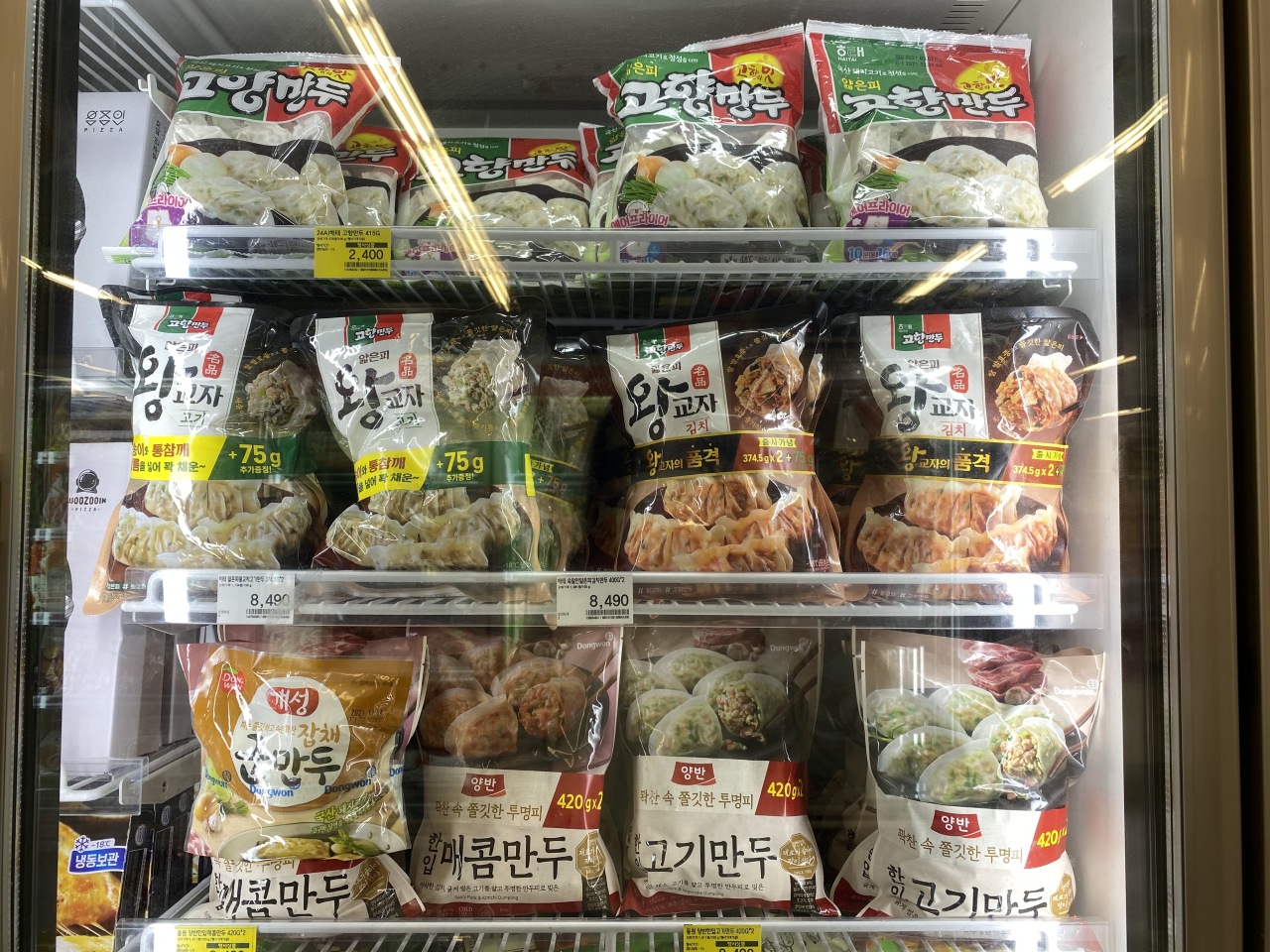
Dumplings have long been one of the popular staples Koreans have in their daily meals. Served steamed, fried or boiled, the dish, called mandu here, would make for a good snack, or a tasty and filling meal.
Yet there was also nothing spectacular about the humble dish of chopped meat, seafood or vegetables wrapped in dough.
That is until food companies began to rediscover the potential of frozen mandu, propelling it into a new heyday with growing global recognition.
According to data from Nielsen Korea, the value of Korea’s frozen mandu market hovered around 300 billion won with meager growth in the early 2010s. That all changed when one company launched a game changing product that spurred competition in the industry.
Yet there was also nothing spectacular about the humble dish of chopped meat, seafood or vegetables wrapped in dough.
That is until food companies began to rediscover the potential of frozen mandu, propelling it into a new heyday with growing global recognition.
According to data from Nielsen Korea, the value of Korea’s frozen mandu market hovered around 300 billion won with meager growth in the early 2010s. That all changed when one company launched a game changing product that spurred competition in the industry.
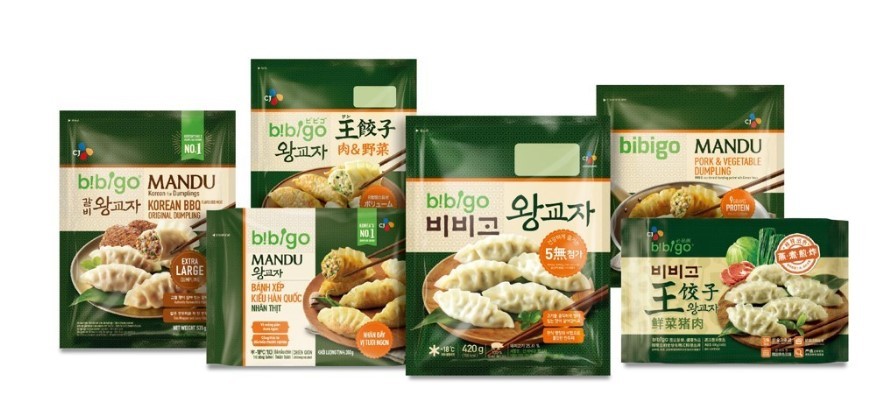
After CJ CheilJedang introduced its prepackaged frozen Bibigo mandu for the first time in 2013, the market began to snowball.
Valued at only 326.4 billion won ($288 million) in 2011, the country’s frozen mandu market surpassed the 500 billion-won mark in 2019 and reached 545.5 billion won in 2020.
Korea’s mandu renaissance
As food industry officials would say, not much has changed in terms of who makes what, and how these major players take their portion of the market for the product segment they are strong in.
So was the frozen mandu market. For about three decades, Haitai Confectionery and Foods’ Gohyang Vegetable Dumpling was arguably No. 1 in terms of the market share.
Valued at only 326.4 billion won ($288 million) in 2011, the country’s frozen mandu market surpassed the 500 billion-won mark in 2019 and reached 545.5 billion won in 2020.
Korea’s mandu renaissance
As food industry officials would say, not much has changed in terms of who makes what, and how these major players take their portion of the market for the product segment they are strong in.
So was the frozen mandu market. For about three decades, Haitai Confectionery and Foods’ Gohyang Vegetable Dumpling was arguably No. 1 in terms of the market share.
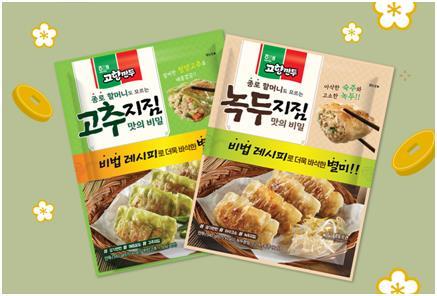
Gohyang mandu was launched as the country’s very first frozen mandu product in 1987, and it has sold over 700 million bags, recording 1.5 trillion won in sales over the years.
Unlike the keen competition manufacturers face today to put various kinds of mandu on the shelves, Gohyang mandu and its rivals then only had to keep producing their steady sellers and customers would not complain. Frozen mandu was a cheap daily staple and there was nothing to be special about them. Or so, they thought.
CJ CheilJedang’s Bibigo mandu proved to be a game-changer since its introduction in 2013.
As the 68-year old food giant set its sight on the dish, nine mandu experts from the company began travelling all over the country to visit as many mandu restaurants they could find.
“Our researchers would make over 300 dumplings a day with their hands, get a bite of a mandu and then rinse their mouth and then try another mandu to distinguish the slightest differences in tastes,” a CJ official said.
The company also learned from the development process that consumers preferred a juicier mandu with more to chew on.
Instead of grinding the mandu filling into a paste like their rivals, CJ chopped the ingredients into bigger pieces and presented a premium line of frozen mandu under the new brand Bibigo.
Introducing more expensive mandu to customers in the Korean market did not come without risk, as there were many who just did not have high expectations for frozen mandu.
From Bibigo’s success, however, it turned out that the customers and food companies alike were not aware of the potential mandu has as a premium dish.
With bigger size and improved quality, CJ’s Bibigo mandu was a hit, and it recorded sales of 30 billion won in just a year after its release in 2013.
Since then, the company never looked back. Bibigo mandu witnessed increasing sales and by 2015, it beat Gohyang mandu and all other rivals. It bagged 46.3 percent of the market share in 2020, widening the gap with runner-up Pulmuone, which took 15 percent in the same year.
CJ’s active promotion of premium frozen mandu, alongside their continuous rollout of new Bibigo varieties spurred competition among food companies.
Unlike the keen competition manufacturers face today to put various kinds of mandu on the shelves, Gohyang mandu and its rivals then only had to keep producing their steady sellers and customers would not complain. Frozen mandu was a cheap daily staple and there was nothing to be special about them. Or so, they thought.
CJ CheilJedang’s Bibigo mandu proved to be a game-changer since its introduction in 2013.
As the 68-year old food giant set its sight on the dish, nine mandu experts from the company began travelling all over the country to visit as many mandu restaurants they could find.
“Our researchers would make over 300 dumplings a day with their hands, get a bite of a mandu and then rinse their mouth and then try another mandu to distinguish the slightest differences in tastes,” a CJ official said.
The company also learned from the development process that consumers preferred a juicier mandu with more to chew on.
Instead of grinding the mandu filling into a paste like their rivals, CJ chopped the ingredients into bigger pieces and presented a premium line of frozen mandu under the new brand Bibigo.
Introducing more expensive mandu to customers in the Korean market did not come without risk, as there were many who just did not have high expectations for frozen mandu.
From Bibigo’s success, however, it turned out that the customers and food companies alike were not aware of the potential mandu has as a premium dish.
With bigger size and improved quality, CJ’s Bibigo mandu was a hit, and it recorded sales of 30 billion won in just a year after its release in 2013.
Since then, the company never looked back. Bibigo mandu witnessed increasing sales and by 2015, it beat Gohyang mandu and all other rivals. It bagged 46.3 percent of the market share in 2020, widening the gap with runner-up Pulmuone, which took 15 percent in the same year.
CJ’s active promotion of premium frozen mandu, alongside their continuous rollout of new Bibigo varieties spurred competition among food companies.
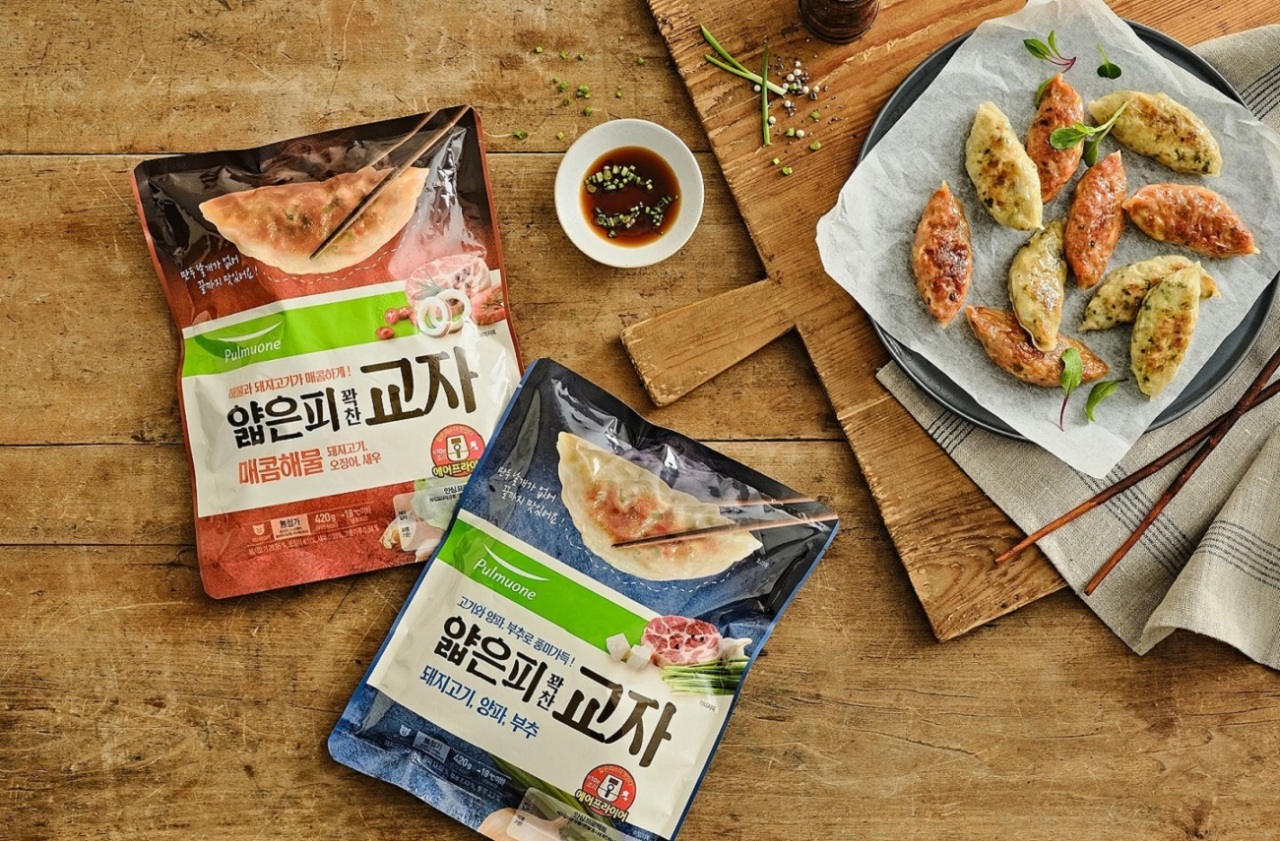
Jumping on the frozen mandu bandwagon, Pulmuone introduced their Thin Wrap Dumplings in 2019 to target those preferring thin dough wrappings. The product boosted the company’s mandu sales to 137 billion won in 2020, a 118 percent increase from 2018, before they rolled out the product.
After identifying the so-called “MZ generation” -- those born between 1980 and the early 2000s as a combination of millennials and Generation Z -- as their target group, Pulmuone engaged in various promotional activities to make mandu a must-stock freezer item.
“The size of frozen mandu market has grown to surpass 500 billion won in sales, and became an essential staple people enjoy along with instant noodles,” a Pulmuone official in charge of its mandu products said.
“We plan to continue to expand customers who enjoy Thin Wrap Dumpling, and take in opinions from the MZ generation.”
Albeit a little late, Haitai’s Gohyang mandu eventually caught up with its competitors as it introduced several new mandu products over the years. But it had cost them their first and second place in the market, only accounting for 12.2 percent of the market share as of 2020.
Last month, the Haitai Gohyang mandu released two new flavors -- pepper and mung bean -- in new shapes.
Presenting Korean mandu to the world
Having discovered the potential of Korean mandu in the domestic market, CJ CheilJedang has taken its Bibigo mandu to other countries, and has made significant progress.
After identifying the so-called “MZ generation” -- those born between 1980 and the early 2000s as a combination of millennials and Generation Z -- as their target group, Pulmuone engaged in various promotional activities to make mandu a must-stock freezer item.
“The size of frozen mandu market has grown to surpass 500 billion won in sales, and became an essential staple people enjoy along with instant noodles,” a Pulmuone official in charge of its mandu products said.
“We plan to continue to expand customers who enjoy Thin Wrap Dumpling, and take in opinions from the MZ generation.”
Albeit a little late, Haitai’s Gohyang mandu eventually caught up with its competitors as it introduced several new mandu products over the years. But it had cost them their first and second place in the market, only accounting for 12.2 percent of the market share as of 2020.
Last month, the Haitai Gohyang mandu released two new flavors -- pepper and mung bean -- in new shapes.
Presenting Korean mandu to the world
Having discovered the potential of Korean mandu in the domestic market, CJ CheilJedang has taken its Bibigo mandu to other countries, and has made significant progress.
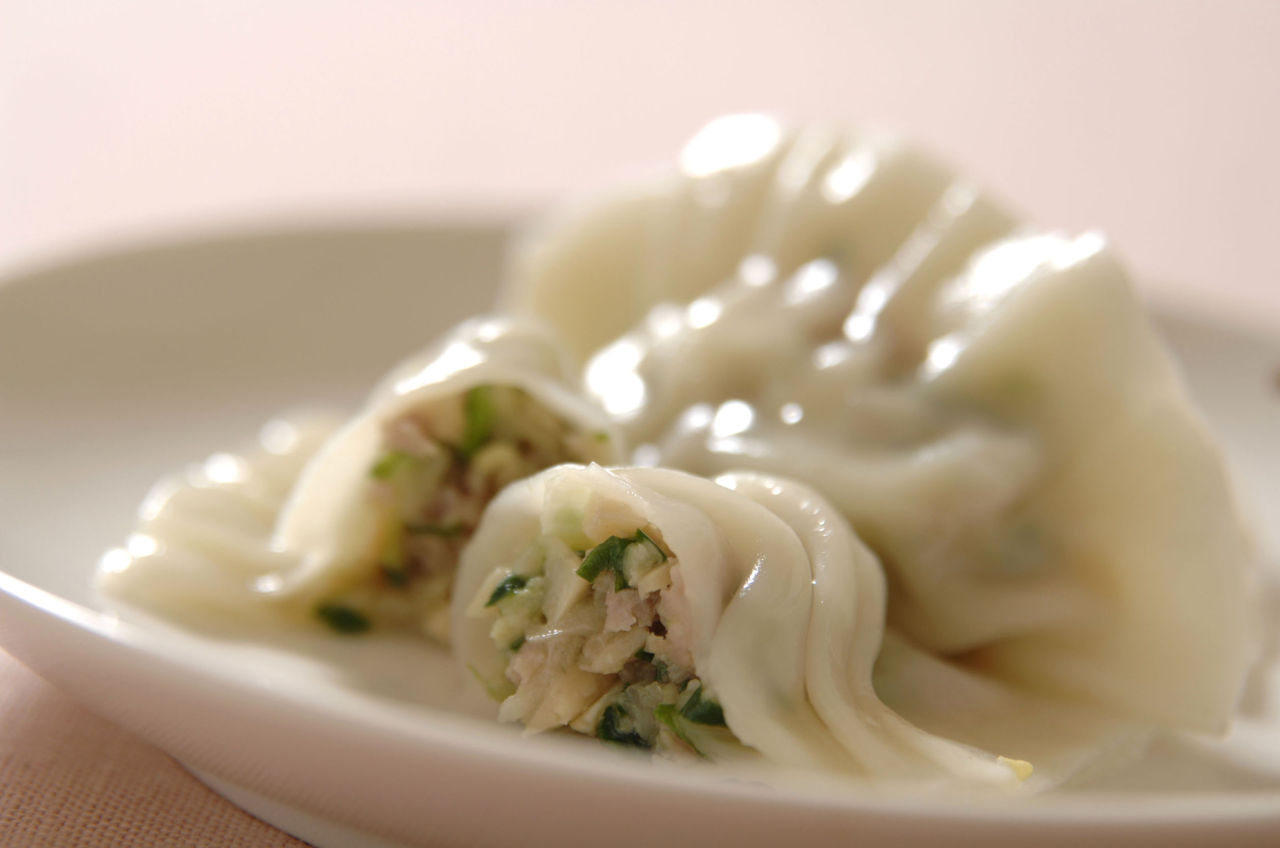
In 2020, 65 percent of the 1.03 trillion won in Bibigo Mandu sales were from overseas markets, CJ said. The US was the biggest market for Bibigo Mandu, which raked in 420 billion won, followed by China at 160 billion won and Japan, at 65 billion won.
To cater to the palate of overseas consumers while maintaining its authentic taste, CJ had to make tweaks in their ingredient list.
Instead of using pork and garlic chives, which is a standard in Korean mandu, the company replaced it with chicken and cilantro for Bibigo mandu in America.
The strategy worked well, with Bibigo mandu topping Costco Wholesale US’ dumpling section in sales, beating the prominent Ling Ling from China, which had dominated the US dumpling market for the last 25 years, CJ said.
In countries like China and Japan where they already have an established market for frozen dumplings, the company also introduced a localized product lineup to fulfill different preferences there.
For example, in China where they do not prefer the dumpling fillings to have mixed vegetables, Bibigo presented Chinese cabbage mandu and corn mandu, using only one kind of vegetable for each product, CJ explained.
In Japan, where consumers are more used to stronger and saltier tastes, CJ made its Bibigo mandu with stronger flavors, and also actively promoted boiling frozen mandu, as Japanese people enjoy having dumplings in stews, it said.
Looking forward, CJ said its ultimate goal is to make Bibigo a global Korean food brand.
“We have started with mandu, as it was a hit in Korea and also because other countries are also familiar with the idea of dumplings,” a CJ official said.
“We are also presenting other food items under the Bibigo brand, and we seek to expand the brand as a global Korean food brand.”
By Jo He-rim (herim@heraldcorp.com)
To cater to the palate of overseas consumers while maintaining its authentic taste, CJ had to make tweaks in their ingredient list.
Instead of using pork and garlic chives, which is a standard in Korean mandu, the company replaced it with chicken and cilantro for Bibigo mandu in America.
The strategy worked well, with Bibigo mandu topping Costco Wholesale US’ dumpling section in sales, beating the prominent Ling Ling from China, which had dominated the US dumpling market for the last 25 years, CJ said.
In countries like China and Japan where they already have an established market for frozen dumplings, the company also introduced a localized product lineup to fulfill different preferences there.
For example, in China where they do not prefer the dumpling fillings to have mixed vegetables, Bibigo presented Chinese cabbage mandu and corn mandu, using only one kind of vegetable for each product, CJ explained.
In Japan, where consumers are more used to stronger and saltier tastes, CJ made its Bibigo mandu with stronger flavors, and also actively promoted boiling frozen mandu, as Japanese people enjoy having dumplings in stews, it said.
Looking forward, CJ said its ultimate goal is to make Bibigo a global Korean food brand.
“We have started with mandu, as it was a hit in Korea and also because other countries are also familiar with the idea of dumplings,” a CJ official said.
“We are also presenting other food items under the Bibigo brand, and we seek to expand the brand as a global Korean food brand.”
By Jo He-rim (herim@heraldcorp.com)











![[Today’s K-pop] BTS pop-up event to come to Seoul](http://res.heraldm.com/phpwas/restmb_idxmake.php?idx=644&simg=/content/image/2024/04/17/20240417050734_0.jpg&u=)





![[KH Explains] Hyundai's full hybrid edge to pay off amid slow transition to pure EVs](http://res.heraldm.com/phpwas/restmb_idxmake.php?idx=652&simg=/content/image/2024/04/18/20240418050645_0.jpg&u=20240418181020)

![[Today’s K-pop] Zico drops snippet of collaboration with Jennie](http://res.heraldm.com/phpwas/restmb_idxmake.php?idx=642&simg=/content/image/2024/04/18/20240418050702_0.jpg&u=)